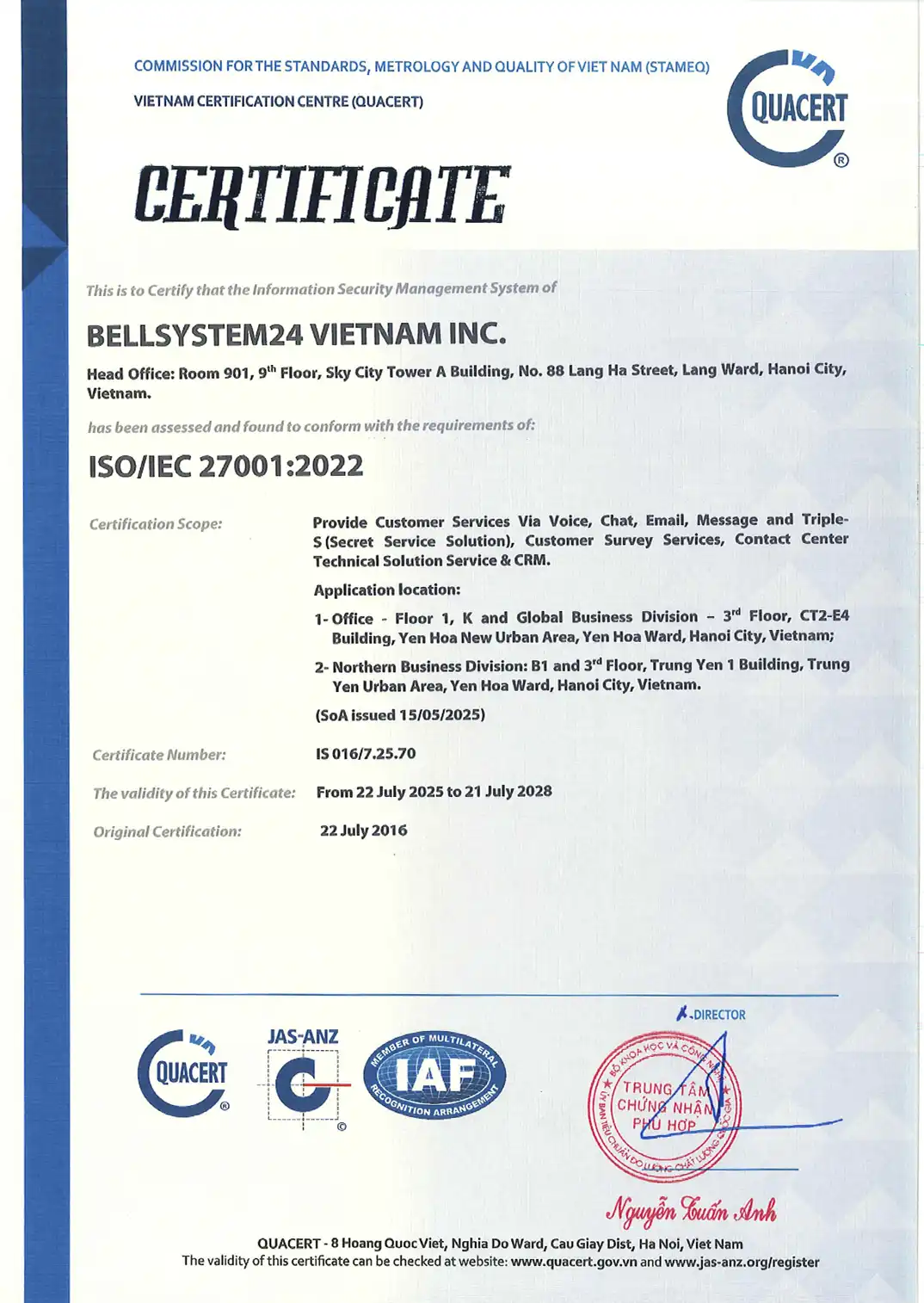During the past decade, offshore call centers have been gaining a lot of attention, especially from Western companies. While training people in highly developed countries such as the United Kingdom, the United States involves a large amount of investment and using local sources for repetitive jobs will be a total waste of money, setting up offshore call centers in developing countries is an effective, practical idea.
To choose your next offshoring destination, you should consider some key factors such as English proficiency and Wage Expectations.
This post will introduce you to a general overview of offshoring hotspots in Asia, including India, Vietnam, China, and the Philippines.
India
Over the years, India has been a preferred country for offshoring. A lot of global organizations such as Google, IBM, General Electric, and Ford Motor offshore their businesses here. Key drivers to India’s great attraction are the politically stable environment, advanced communication facilities, flexible costs, multilingual capabilities, and a large pool of computer-literate and English-speaking people. Research indicates that the cost of handling a call or paying for an employee for 1 hour in India is normally half (or even one-third) the cost of delivering the same work in the United States.

INDIA – Pros: English proficiency, Multilingual capabilities | Cons: skills gap, high wage inflation rate
However, the wage expectation in India is on top of the Asian offshoring country list and continues to increase. Reports from IDG Communications showed that India continues to experience strong upward pressure on salaries and has a negative wage inflation rate in the corporate business environment. On the other hand, the skill gap among the vast talent pool is also an issue yet to be resolved in a day or two.
China
For nearly a decade, China has been touted as the biggest threat to India’s supremacy in offshoring and outsourcing industries. China is a major player in the global economy as the top country for industrial output and its major cities have some of the best telephone and internet systems in the world.
China’s labor costs are cheaper than India, according to data from Neo Advisory. An entry-level IT worker earns $7,000 a year versus $8,400 in India while a Chinese team leader with two to five years of experience earns $14,700 compared to $17,000 in India. At management levels, wage disparity increases even more, with Indian managers earning $30,800 a year, 36 percent more than their Chinese counterparts making $22,600.

China – Pros: Attractive cost, Good infrastructure | Cons: Advanced skills & English level
Nonetheless, China has a shortage of middle and senior managers with experience managing client expectations, Western business acumen, leading large teams, and communicating effectively with customers. Additionally, English Proficiency in China in 2018 only ranked at the medium level in Asia (behind Singapore, Philippines, Malaysia, India, Hongkong, Korea, Vietnam, Macau). While in the contact center industry, delivering fluent conversations and conveying clear, thoughtful messages for your customers is extremely important, the workforce in China may not be in a position to meet your customers’ expectations consistently.
Philippines
Over the last several years, a revolution has been reshaping the call center industry: the rise of the Philippines, a former United States colony that has a large population of young people who speak lightly accented English.
The New York Times website revealed that Filipino call center agents typically earn more than their Indian counterparts ($300 a month, rather than $250, at the entry level), but executives say they are worth the extra cost because American customers find them easier to understand than Indian agents, whose accents are stronger and use unfamiliar idioms. Indians, for example, might say, “I will revert on the same,” rather than, “I will follow up on that.”
The Philippines has “a unique combination of Eastern, attentive hospitality and attitude of care and compassion mixed with what I call Americanization,” said Aparup Sengupta, chief executive of Aegis Global, an outsourcing firm based in Mumbai, India, that acquired Manila-based People Support in 2008 and now employs nearly 13,000 Filipinos.

The Philippines – Pros: Strong English proficiency, Advantageous Eastern culture | Cons: Cost & Inflation
However, companies in the Philippines are grappling with higher costs and losing their best workers because of high domestic inflation and a shortage of skilled professionals. In the last two years, the Philippine peso climbed nearly 10 percent against the dollar, to 42.14, before weakening recently. If the peso appreciates to 35 to the dollar, many of the call centers in the Philippines will not survive, said Narasimha Murthy, president of HGS USA, the American arm of an Indian outsourcing company that employs 4,000 people here. But things will look upbeat soon, thanks to its effective government management.
Vietnam
Despite a lack of market awareness, Vietnam is a strong combination of the strengths of India, China and the Philippines: good English levels, positive infrastructure, high labor productivity, attractive costs, lower rental payments and building costs, and an attractive attrition rate. According to Tower Watson – Services Offshoring Ranking in 2013, Vietnam is #3 in global offshoring hotspots and #1 in a competitive cost. Gartner’s Leading Global Locations for Offshore Services in 2016 even considered Vietnam as Asia’s Tier 1 emerging-market location and one of the top 5 locations for outsourcing.
For more details, this growing market has a low turnover rate of less than 10% compared to 10% to 20% in other Asian countries. The labor cost here is approximately 50% lower than that of India, China, or South-East Asian neighbors while quality and output remain high. While Indian and Filipino agents change roles frequently for either better remunerate or incentives; the attrition rate in Vietnam is only 6 – 8%. For IT and outsourcing in India, the attrition rate regularly climbs beyond 40%, and the trend is driving wages higher.

How Much Does it Cost to Employ Qualified Staff in Vietnam
Pros: High cost-effectiveness, Low attrition rate, English proficiency | Cons: Data security
Contact us now to find out more about how you can make the best use of Vietnamese untapped human resource.




